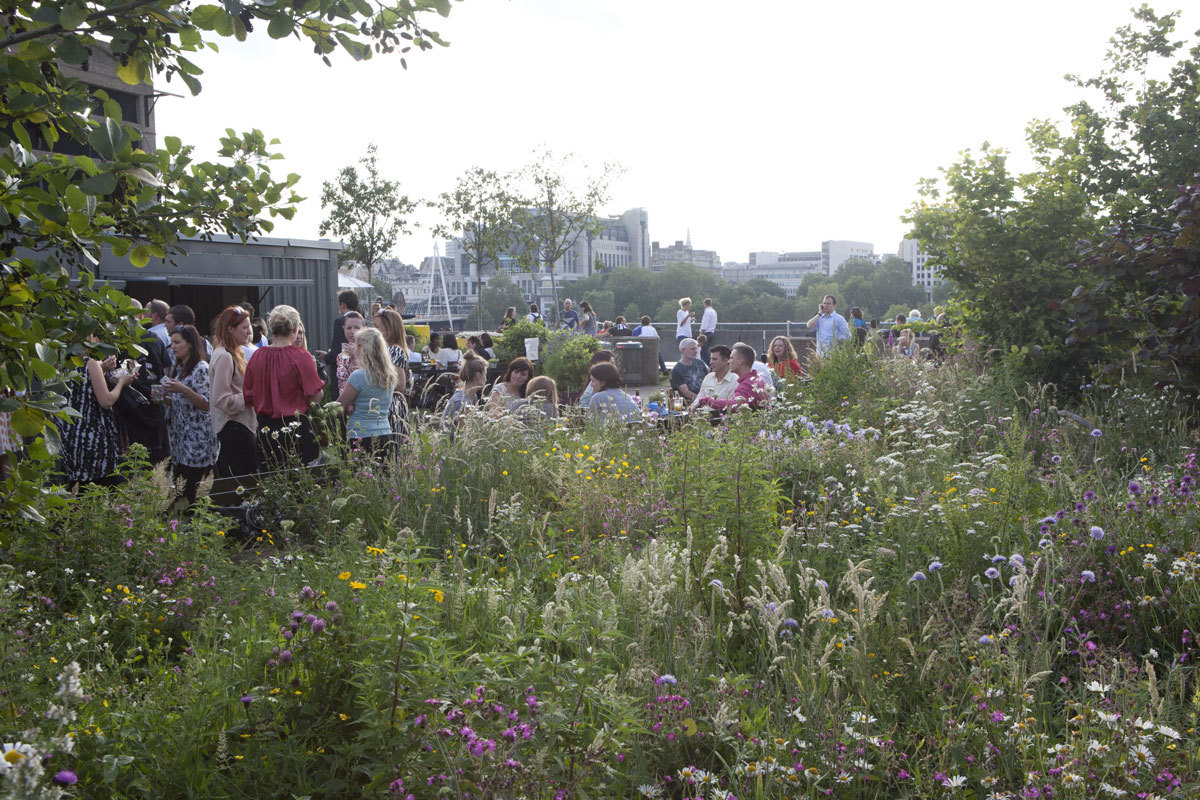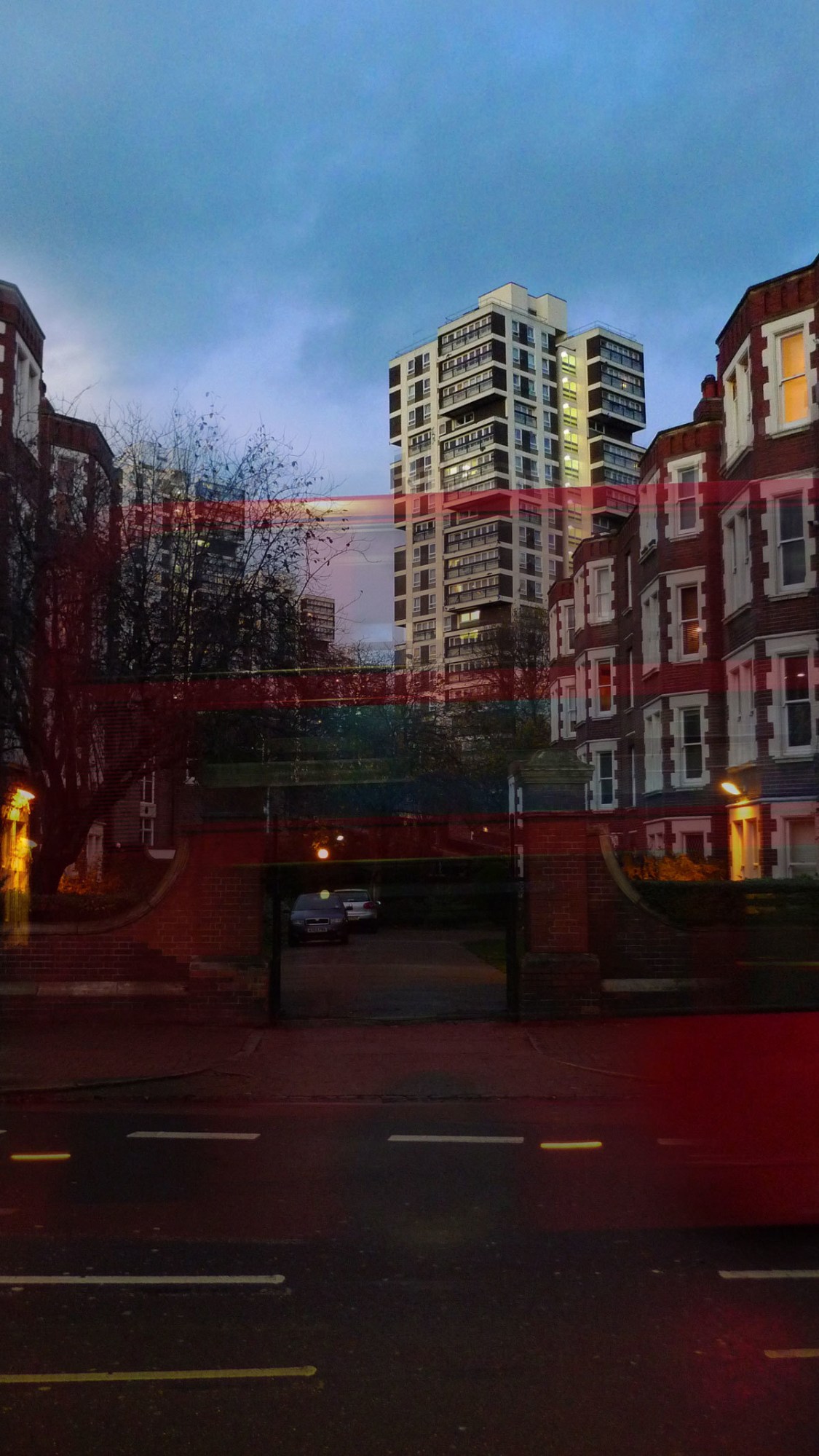London is a vast maze of hidden gems but when you have your eyes locked to City Mapper, some of the best and less obvious places may go unnoticed. Here’s a guide to the city from architects, those whose perspective of London is viewed with an understanding of space, design and what makes the city tick.
FIND out how London’s changing with our series exploring the shifting city.
Will Hunter, Founder/Director of the London School of Architecture
“Second Home is one of the most interesting spatial experiences in London right now. Designed by Selgas Cano, it transforms an old carpet warehouse off Brick Lane into an interior piece of city that sinuously blends work spaces, restaurant and events.The spaces choreograph encounters between ideas and people to make new things happen. Catering for cultural entrepreneurs, part of the joy of being there is randomly discovering what people do – from curating sticky news sites to making invisible glue.”
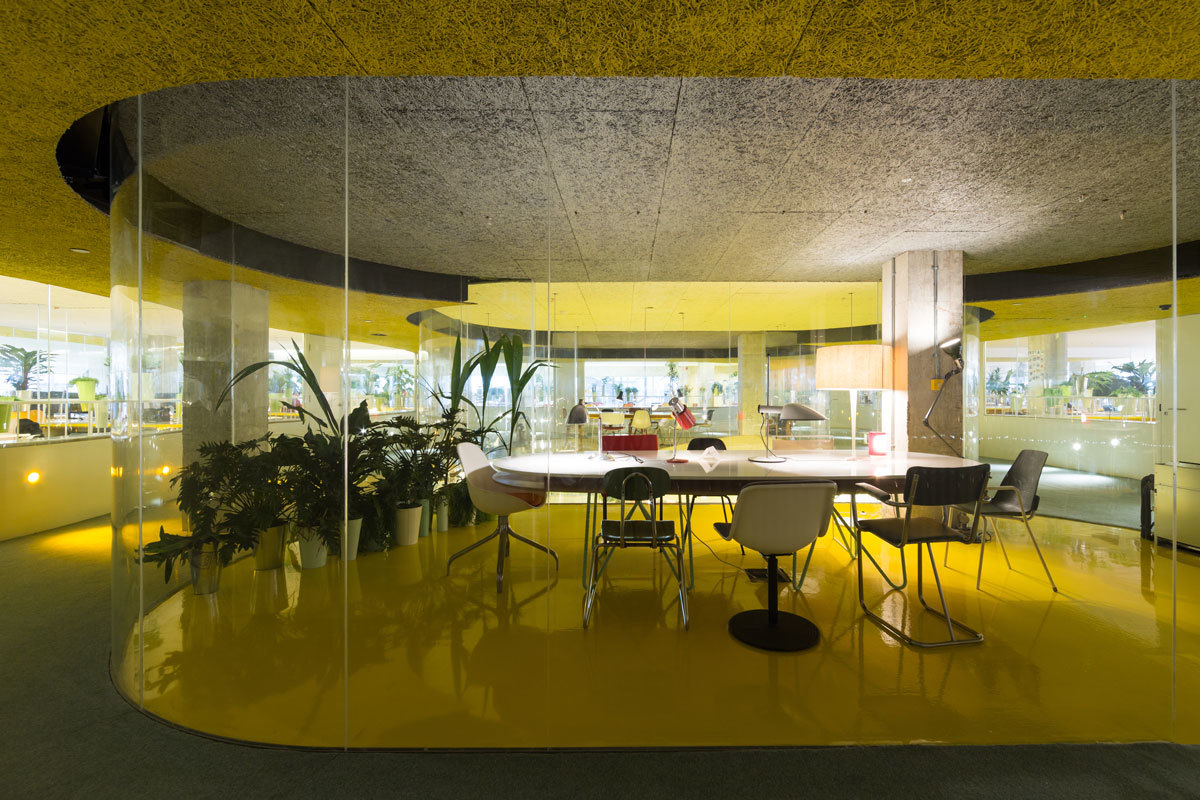
Sarah Castle, Director & Co-Founder of IF_DO Architecture & Design
“Sir John Soane’s Museum is this incredible, poetic architectural experiment. A beautiful building stuffed full of curious objects that hasn’t been changed since Soane’s death in the 19th Century. The building itself is a collection of strange details – boundaries between rooms, walls and ceilings seem blurred; moving/folding walls open up to reveal vast collections of paintings; domed ceilings appear to float; and convex mirrors play with the light and alter perception of space. The collection is just as amazing. Priceless artefacts are positioned amongst mountains of busts, drawings, casts. Stepping through the door of this building feels like walking into a dream.”
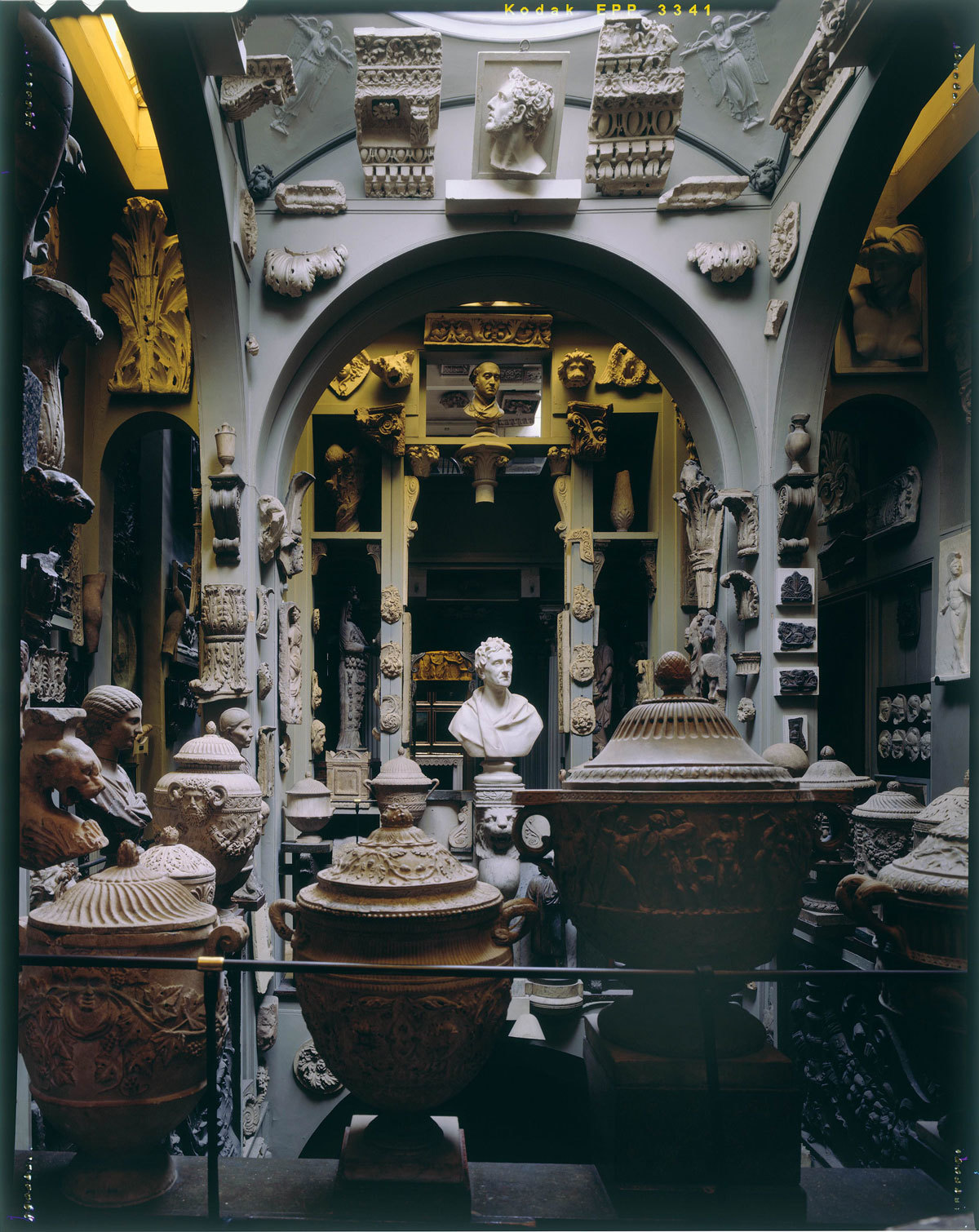
Rory Hyde, curator of contemporary architecture and urbanism at the Victoria and Albert Museum
“My favourite space in London is the Gloucester Road tube station. It’s one of the key sites of the brilliant Art on the Underground programme, where the entire tube becomes a gallery. Right now they have a huge photograph, the length of the platform, by American artist Trevor Paglen of a US intelligence base in Yorkshire. There’s something great about taking art directly into the public realm, where people will just encounter it as part of their day, not just in the rarefied spaces of the museum.”
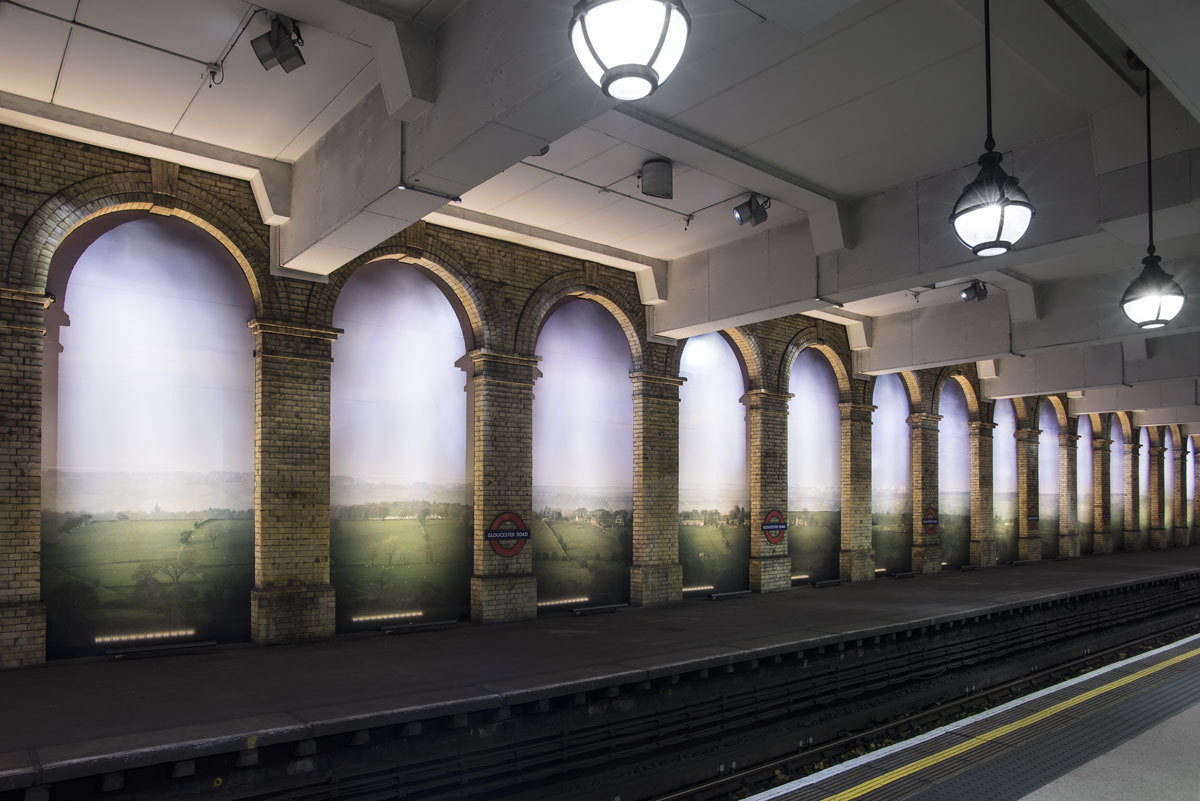
Clio Capeille, architectural designer, set designer
“The Bussey Building, Peckham.The place I have chosen is not a piece of architecture as a building, but more a building as a place for a community. A former gun and cricket bat factory saved from demolition by local groups, the story of the Bussey Building seems to stand against the grand quote of W. Churchill: ‘We shape our building, thereafter they shape us.’ Within this condemned and insignificant block has risen one of the most heterogeneous, diverse and rich cultural communities in London. A cross-section through the Bussey would picture super-impositions of art studios, yoga classes, therapy session, African markets, welding workshops, Caribbean chicken cuisine smells infiltrating cycle powered cinemas. Also juxtapositions of community churches celebrating next to trendy night clubs while the growing creative community swells with unexpected business ideas. More than a multi-layered and polychrome atmosphere, the conversations and curiosities mingle. The offering and the demand balances out in a vibrant skill-swap where every niche adventurer finds a smiley face in a piece of humble treasure.”
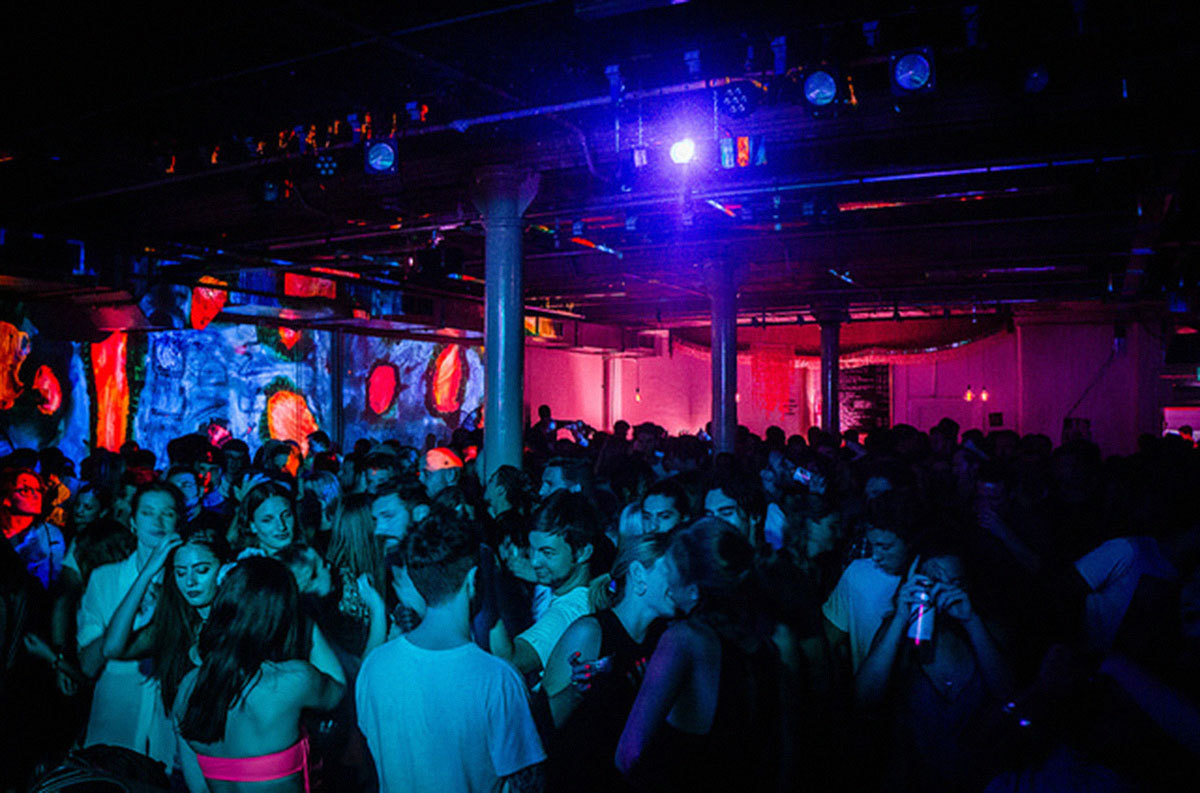
James Pockson, architectural designer from South London
“I have spent the most part of my career thus far working on the Tate Modern Project and recently moved to a small practice called Nissen Richards Studio, who specialise in architecture, theatre and exhibition design. My favourite place has to be somewhere outside, on the street. To me, cities are about the communication between things rather than singular objects. If I was to define something, it would have to be a point rather than a place. A coordinate and a direction – a moment’s sense amidst the chaos. One of these points I’m particularly taken by is near my flat in Camberwell. It’s is a view about half way down the Camberwell New Road, looking north east. At this spot, you see Georgian London, next to Victorian London, loomed over by heroic L.C.C. towers. This is fronted by a street scene of the flashy cars and that pepper the SE5 roads along side the gargling buses that make South London navigable by those without. The whole scene seems to orbit this single defiant tree. Amidst all the conflicting noise that defines the rhythm of London here is a brief moment’s harmony. Within these blips I find my place. Moments like this are truly exhilarating to me and I never know where they’re going to pop up next. I believe that these unexpected collisions give cities their specificity – London’s full of them and they’re always different. That’s why London is so hard to pin down. It’s exhausting, evasive, exciting.”
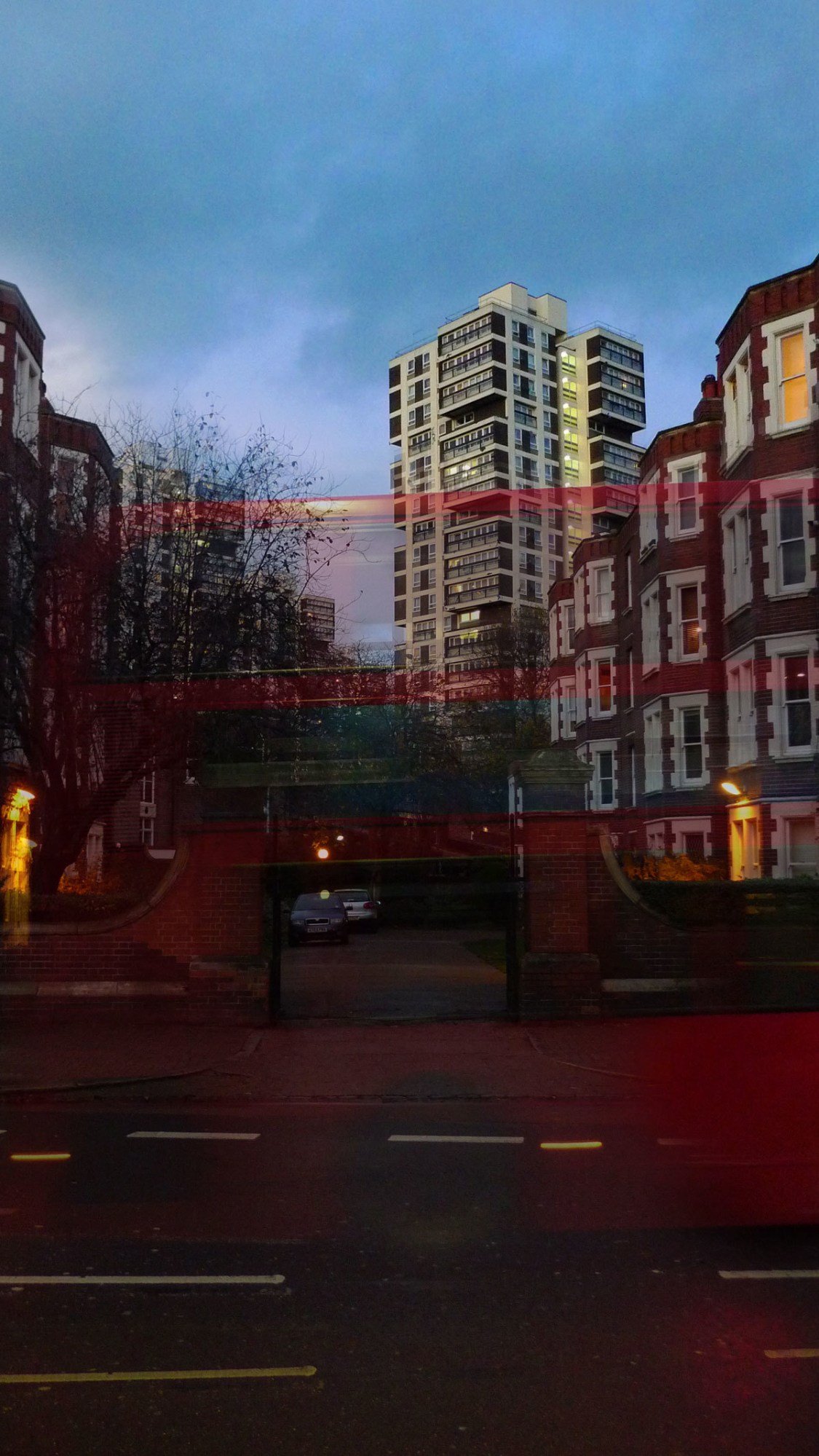
Xavi Llarch Font, spatial designer based in London and co-founder of The Decorators, an interdisciplinary design and architecture practice.
“I have many favourite places in London but for this occasion I’ve chosen the Isle of Dogs Pumping Station. Designed by architect John Outram in 1988, this postmodern building is a storm water pumping station located within a modest residential area next to the river Thames, not far from Canary Wharf. Following the Victorian tradition of highly decorative sewage plants and gasholders, John Outram’s Pumping Station is another example of a building with a rather mundane function, but with monumental stature. Filled with symbolism and mystical references, this uninhabited ‘Temple of Storms’ continues to fascinate me.”
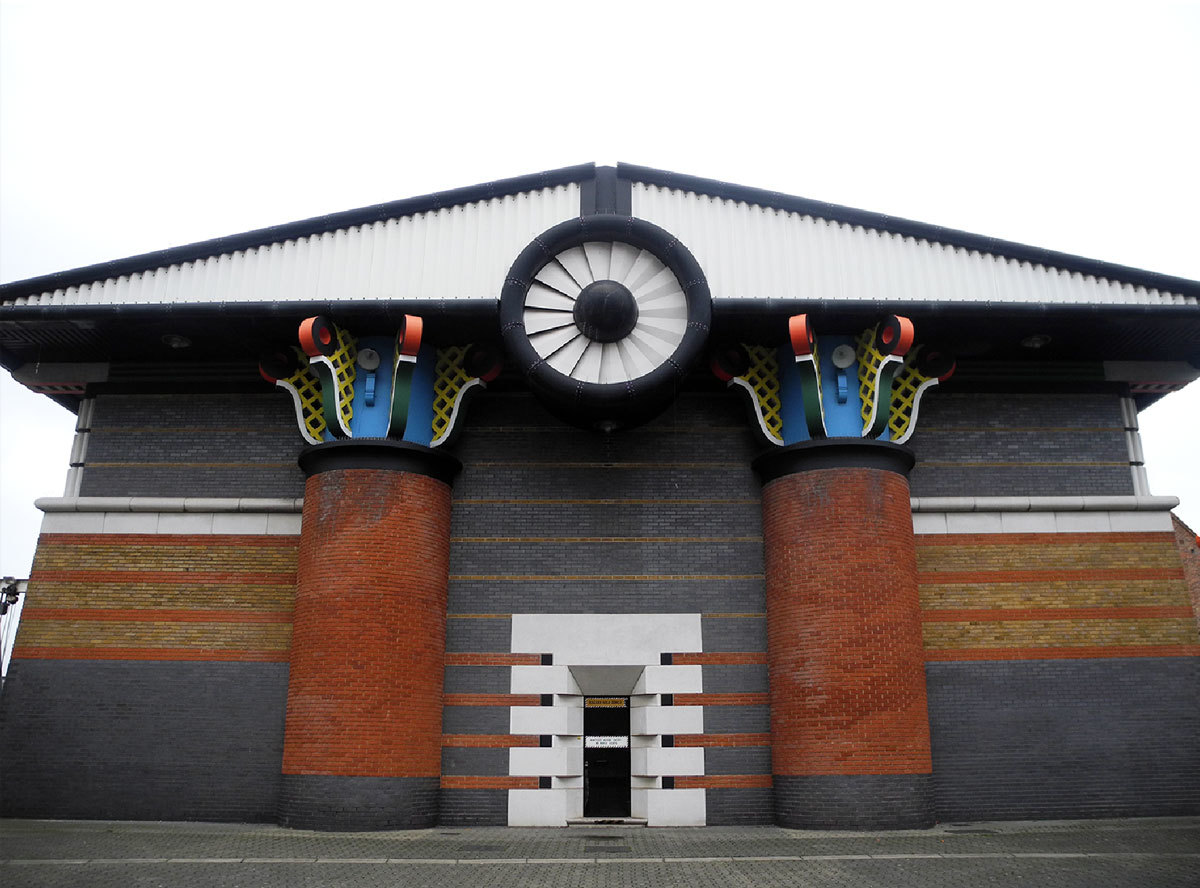
Catrina Stewart, partner at Office S&M Architecture
“The Queen Elizabeth Hall Gardens. After climbing up to the top of the bright yellow side staircase of the Queen Elizabeth Hall, you find a small hidden garden with flower meadows and vegetable allotments. Set against the harsh concrete of the grey Brutalist structures around, this pocket of greenery offers a sanctuary where you can rest and contemplate and an escape from the hustle and bustle of the Southbank promenade down below. Designed by the Eden Project and run by the Grounded Ecotherapy gardeners, from here you have a view across the Thames to the North and to the South you see the friendly ‘ears’ of the Hayward Gallery peering over the wall of the Queen Elizabeth Hall. A perfect place for rest and play.”
